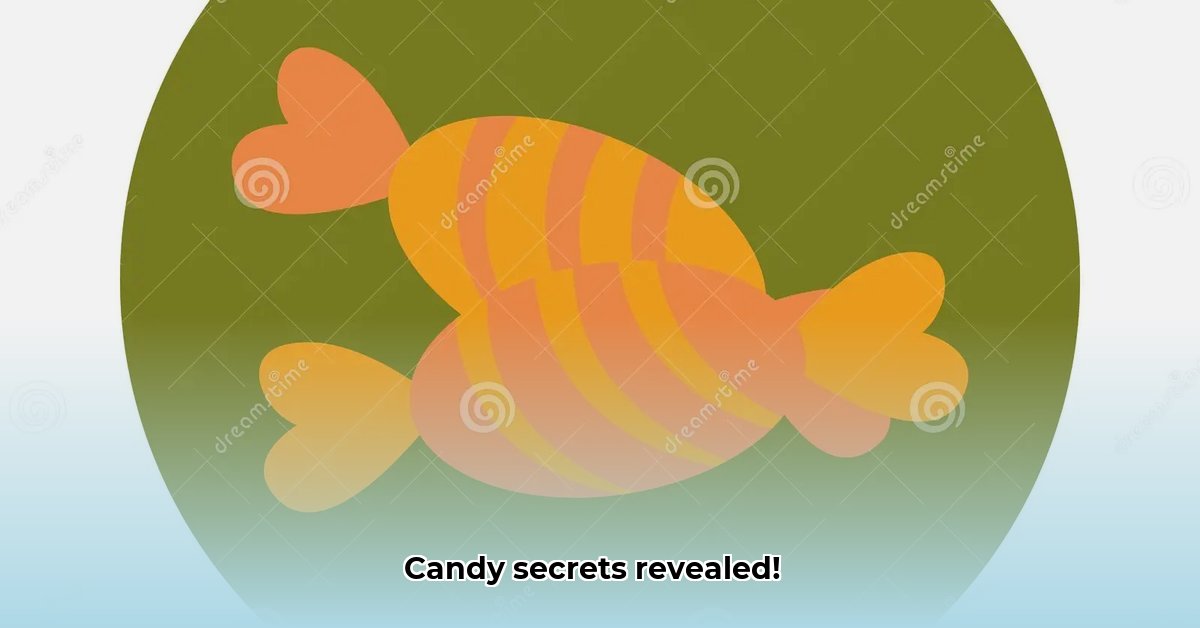
The Science of Sponginess: Deconstructing a South African Treat
Sponzig Zoet Snoepgoed – those light-as-air marshmallows – are more than just a sweet treat; they're a testament to the fascinating interplay of food science and culinary artistry. This article delves into the scientific principles behind their creation, exploring the ingredients, manufacturing process, and textural properties that make them so uniquely delicious.
Ingredient Analysis: A Symphony of Sweetness and Structure
The magic begins with the ingredients: sugar, egg whites, and gelatin. Each plays a vital role, contributing to the final texture and mouthfeel.
Sugar: Not just for sweetness, sugar's type and quantity directly impact the final product’s texture and shelf life. Different sugars (e.g., sucrose, glucose) contribute differently to crystallisation and moisture retention (Did you know that the type of sugar used can subtly alter the final result? ). Too much sugar leads to a hard, overly sweet marshmallow; too little results in a weak structure.
Egg Whites: Whipped egg whites introduce air into the mixture, creating the characteristic sponginess. The whipping technique is crucial: vigorous whipping incorporates more air, resulting in a lighter marshmallow. Over-whipping, however, can result in a less stable structure.
Gelatin: This protein, derived from animal collagen, acts as the structural backbone. It forms a three-dimensional network, trapping the air bubbles and creating the characteristic spongy texture. The gelatin's bloom strength (a measure of its gelling ability) influences the firmness of the final product. (A higher bloom strength means a firmer marshmallow. The amount of gelatin is equally critical; too little and the marshmallow will be too soft; too much will result in a gummy texture.)
The Manufacturing Process: A Precise Dance of Heat and Air
Creating Sponzig Zoet Snoepgoed is a meticulously controlled process.
Sugar Syrup Preparation: Sugar and water are heated to create a concentrated syrup. Precise temperature control (around 118-121°C) is crucial to ensure proper sugar inversion and prevent crystallisation.
Egg White Whipping: Egg whites are whipped to stiff peaks, creating a stable emulsion containing many small air bubbles. This is crucial for achieving the desired sponginess.
Syrup Incorporation: The hot sugar syrup is carefully folded into the whipped egg whites. This must be done gently to avoid deflating the egg whites and losing the air.
Gelatin Integration: Bloomed gelatin (gelatin hydrated in cold water) is added to the mixture, providing the structural support for the marshmallow.
Setting: The mixture is poured into molds and allowed to set, typically in a cool, dry environment. The setting process allows the gelatin network to fully form, trapping the air bubbles and solidifying the marshmallow.
Texture Properties: A Delicate Balance of Air and Structure
The textural perfection of Sponzig Zoet Snoepgoed hinges on several interconnected factors:
- Ingredient Ratios: The precise proportions of sugar, egg whites, and gelatin dictate the final texture. A slight change in the ratios can significantly alter the marshmallow's sponginess and firmness.
- Whipping Technique: The degree of aeration (air incorporation) during whipping directly impacts the lightness and airiness.
- Cooking Temperature: Precise temperature control during syrup preparation significantly affects the final texture, impacting both structure and sweetness.
- Gelatin Bloom Strength: This determines the strength of the gel network and the overall firmness of the marshmallow. Different bloom strengths lead to varying degrees of sponginess.
Actionable Insights and Future Trends
The future of Sponzig Zoet Snoepgoed and similar confectionery will likely feature:
- Sustainable Ingredients: Increased use of plant-based alternatives for gelatin and exploration of reduced sugar options.
- Allergen-Free Options: Development of recipes that replace egg whites with plant-based alternatives to cater to those with allergies.
- Texture Innovation: Advances in food technology may permit finer control over texture, potentially resulting in even lighter and more delicate marshmallows.
Conclusion: A Sweet Science
The creation of Sponzig Zoet Snoepgoed is a compelling illustration of how scientific principles underpin culinary artistry. By understanding the interplay of ingredients, processes, and textural properties, confectioners can continue to refine and innovate, delivering ever more delightful experiences to consumers. The next time you savour the airy delight of a Sponzig Zoet Snoepgoed, remember the sophisticated science that makes this simple pleasure possible.